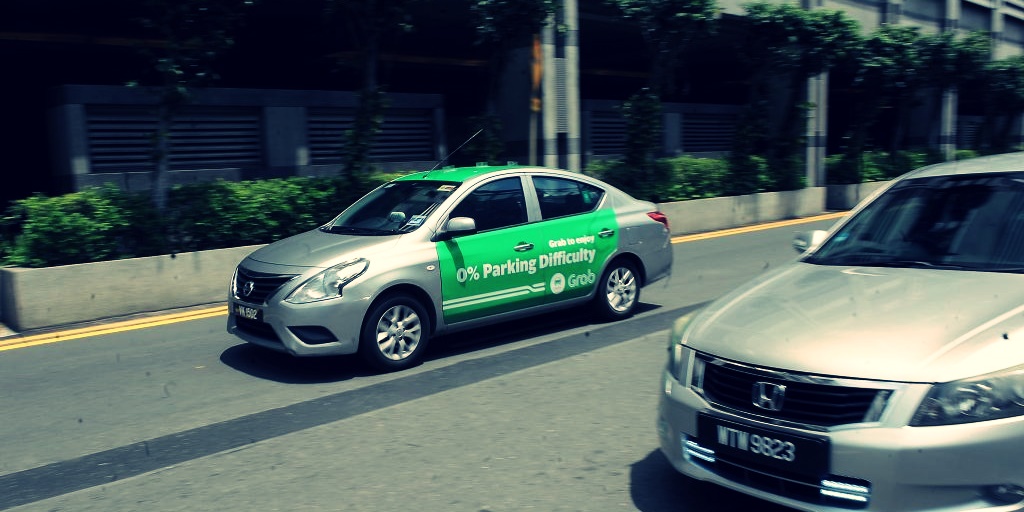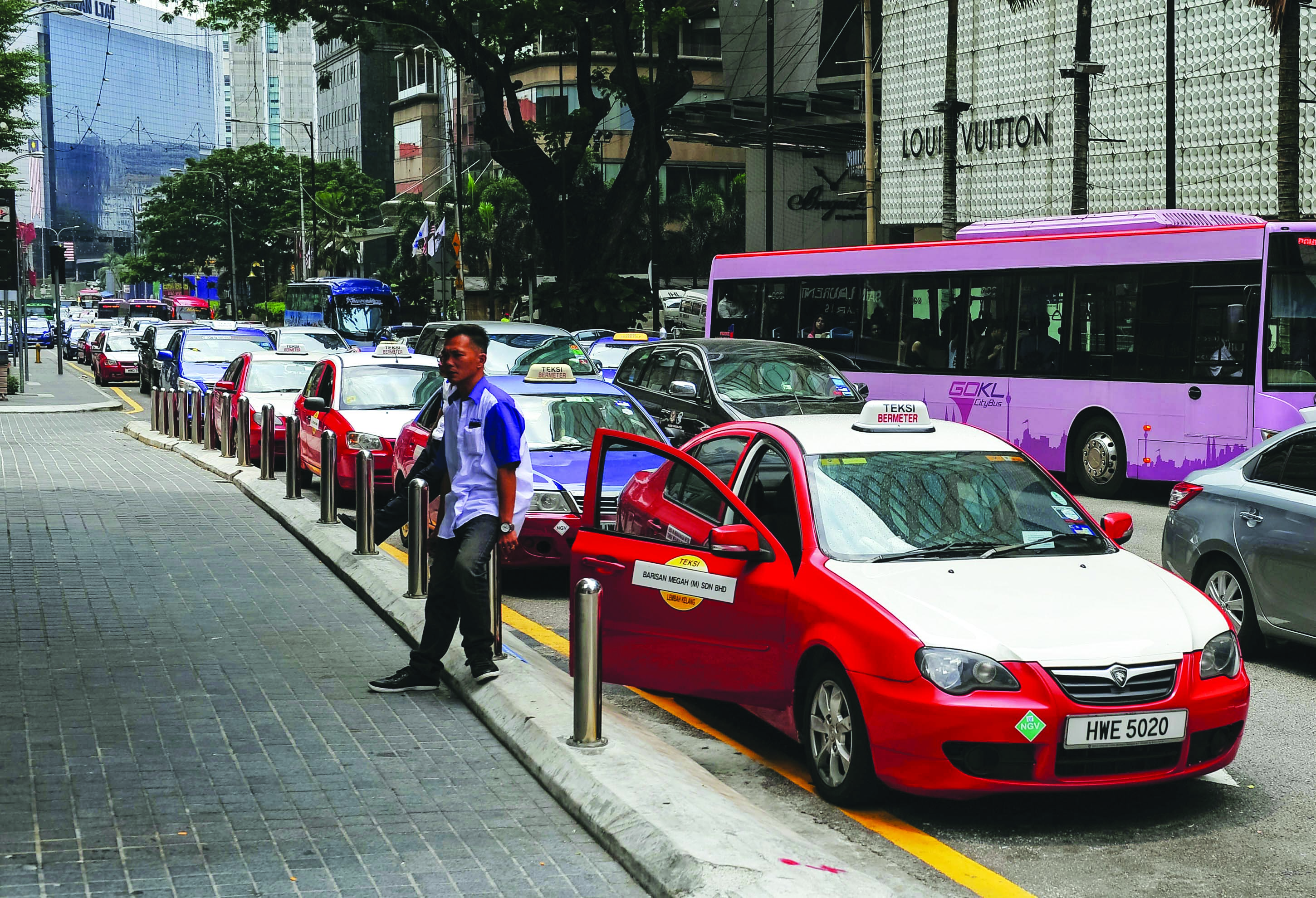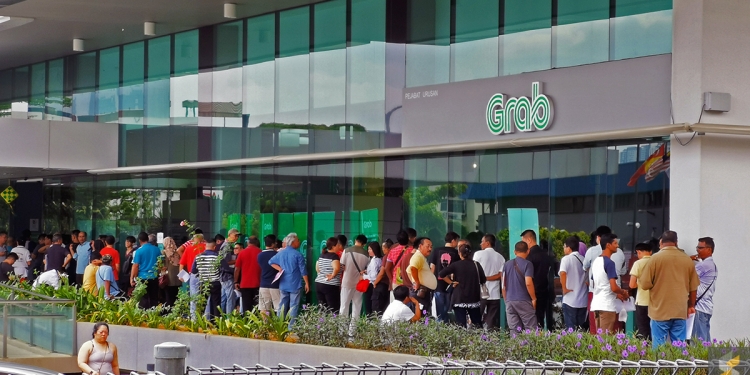E-hailing services like Grab and (formerly) Uber have become a staple for the everyday Malaysian’s routine, with cheaper fares and reward points proving to be attractive points for commuters in the region. However, it looks like things will soon change, with fare increases expected from the 12th of July—the deadline for current e-hailing drivers to obtain their Public Service Vehicle (PSV) license.
According to the president of the Malaysian E-hailing Drivers Association (MeHDA), Daryl Chong, this will see fares potentially increase by up to 50%. This is explained by simple supply and demand principles, with many part-time drivers opting to pull out in light of the mandatory PSV requirement.
“We will see fewer drivers when the deadline comes because many part-timers are opting out, plus many other drivers are still not PSV-ready. Passengers will have to wait longer because the distance between them and the drivers will be much further.”

In addition to that, these higher fares could also be affected by e-hailing companies potentially implementing surcharges to help balance out supply (of drivers) issues, with the current maximum limit on surcharges set at 100% by the Land Public Transport Agency (APAD).
“E-hailing companies give incentives to drivers during peak hours in the morning and evening to encourage them to pick up passengers. But higher fares would mean fewer passengers,” Chong added. “So they will mostly keep the increase minimal, at perhaps RM15 so that passengers are not badly affected. If this mechanism is applied after the deadline, fares will certainly see an increase.”
Carmageddon everywhere
At the moment, it seems that a large percentage of the e-hailing driver community will not be able to continue driving once the deadline passes, with the Transport Ministry revealing that only 16,338 out of an approximate 167,000 e-hailing drivers in Malaysia have registered for the PSV exam, and only 62% of that number have qualified for the license as of now.
But Chong thinks that it is only a matter of time before more e-hailing drivers are ready with their PSV licenses, with 70% of these drivers expected to be ready by the end of the year.
The president of Grab Drivers Malaysia Association, Arif Asyraf Ali, also said that he expects to see higher fares and wait times, and even called the whole situation “Carmageddon”. He further explained that the expected surcharge mechanism will be dynamically priced, according to basic rules of supply and demand.
On the flip side, major players in the (conventional) taxi industry have aggressively supported the new PSV regulations, with the Malay Taxi Drivers Association of Penang chairman Mohama Yusoff S. Ibrahim asking for a level playing field for taxi drivers to compete with e-hailing drivers. “We want the prices to be the same, then we can survive.” He further added that in the current situation, public perception of taxis is that prices are very high.

Big Blue Taxi founder, Datuk Shamsubahrin Ismail also claimed that the regulations will result in 70% of current e-hailing drivers leaving the industry, although e-hailing companies have been recruiting taxi drivers as well.
Despite that, Shamsubahrin still thinks the government isn’t being fair to taxi drivers.
“I don’t understand what they want. They have to change their character and attitude.”
Regulation, not segregation
Ultimately, the regulation of e-hailing drivers is something that has been coming for awhile now. While the main chorus of voices calling for more requirements has been those from the taxi industry, regulation also serves to protect the interests of customers, and in fact, e-hailing drivers themselves.
The president of the Taxi Radio Association of Selangor and Federal Territories, Rickman Hiew, said that passengers will be benefited by the change as well—insurance and legal issues have long been a grey area when it comes to e-hailing. He further adds that at the end of the day, it’s up to passengers who they choose to ride with.
[ VIA ] [ IMAGE SOURCE ]








